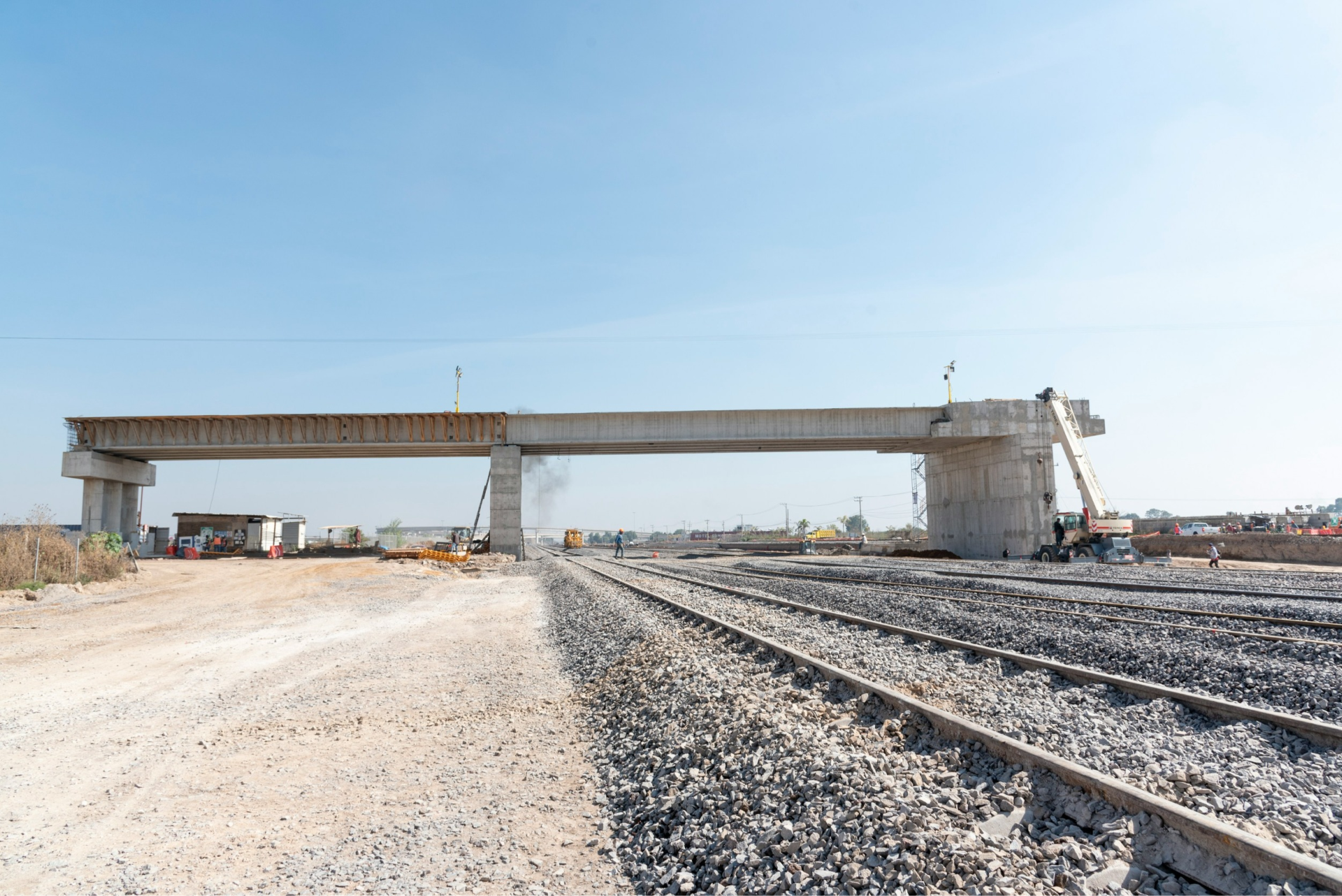Railway Ballast Scanning with Ground Penetration Radar in Edmonton Alberta
ConcreteScan performs Railway Ballast Scanning throughout Canada with its highly experienced engineers and technicians. Our service area covers almost every major city and town in Canada, including Toronto, Mississauga, Hamilton, Sarnia, Ottawa, Brampton, Sudbury, London, Markham, Windsor, Vancouver, Surrey, Langley, Richmond, Delta, Burnaby, Kitimat, Kelowna, Kamloops, Edmonton, Calgary, Red Deer, Grande Prairie, Fort McMurray, Regina, Saskatoon, and Winnipeg.
Applications of Ground Penetrating Radar in Railways
Ground Penetrating Radar (GPR) significantly enhances railway infrastructure through advanced construction, maintenance, and safety measures. By delivering comprehensive subsurface data, GPR enables precise decision-making and efficient optimization of railway networks. This article explores the versatile applications of GPR, encompassing trackbed assessment, maintenance strategies, utility detection, and asset management within railway environments.
1. Railway Ballast Scanning for Trackbed Assessment and Design:
Using GPR, engineers assess soil characteristics, moisture levels, and geological features impacting track stability. This technology aids in identifying defects like voids or subsurface erosion critical for evaluating trackbed conditions and ground suitability for construction or rehabilitation projects.
2. Railway Ballast Scanning for Pavement Analysis and Maintenance:
GPR measures pavement thickness, detects voids, and assesses moisture content crucial for evaluating the structural integrity of ballast, subballast, and underlying layers along railway tracks. It pinpoints areas susceptible to settlement, ballast contamination, or subgrade instability, facilitating proactive maintenance and enhancing railway safety and operational efficiency.
3. Utility Detection and Mapping:
Accurate detection and mapping of buried utilities are essential to avoid conflicts and minimize disruptions during railway development phases. GPR excels in identifying buried pipes, cables, and other subsurface infrastructure without excavation. Integrating GPR surveys into utility mapping workflows ensures efficient project planning, resource allocation, and safeguarding underground utilities from corrosion or leaks.
4. Asset Management and Monitoring:
GPR supports robust asset management by monitoring trackbed conditions, subsurface infrastructure, and environmental factors impacting railway performance. This data-driven approach enables proactive maintenance planning, addressing emerging issues promptly, and implementing cost-effective strategies. GPR data also informs lifecycle cost analysis and predictive maintenance practices, optimizing long-term sustainability and resilience of railway infrastructure.
Ground Penetrating Radar is pivotal in advancing construction, maintenance, and safety standards across global railway networks. From detailed trackbed assessments to efficient utility detection and proactive asset management, GPR continues to drive innovation and efficiency.
For more details on Ground Penetrating Radar technology, you can visit Wikipedia’s Ground Penetrating Radar page.
To learn about the latest advancements in railway maintenance, check out the American Railway Engineering and Maintenance-of-Way Association (AREMA).
For more information or a quote, email us at admin@concretescan.com today.



